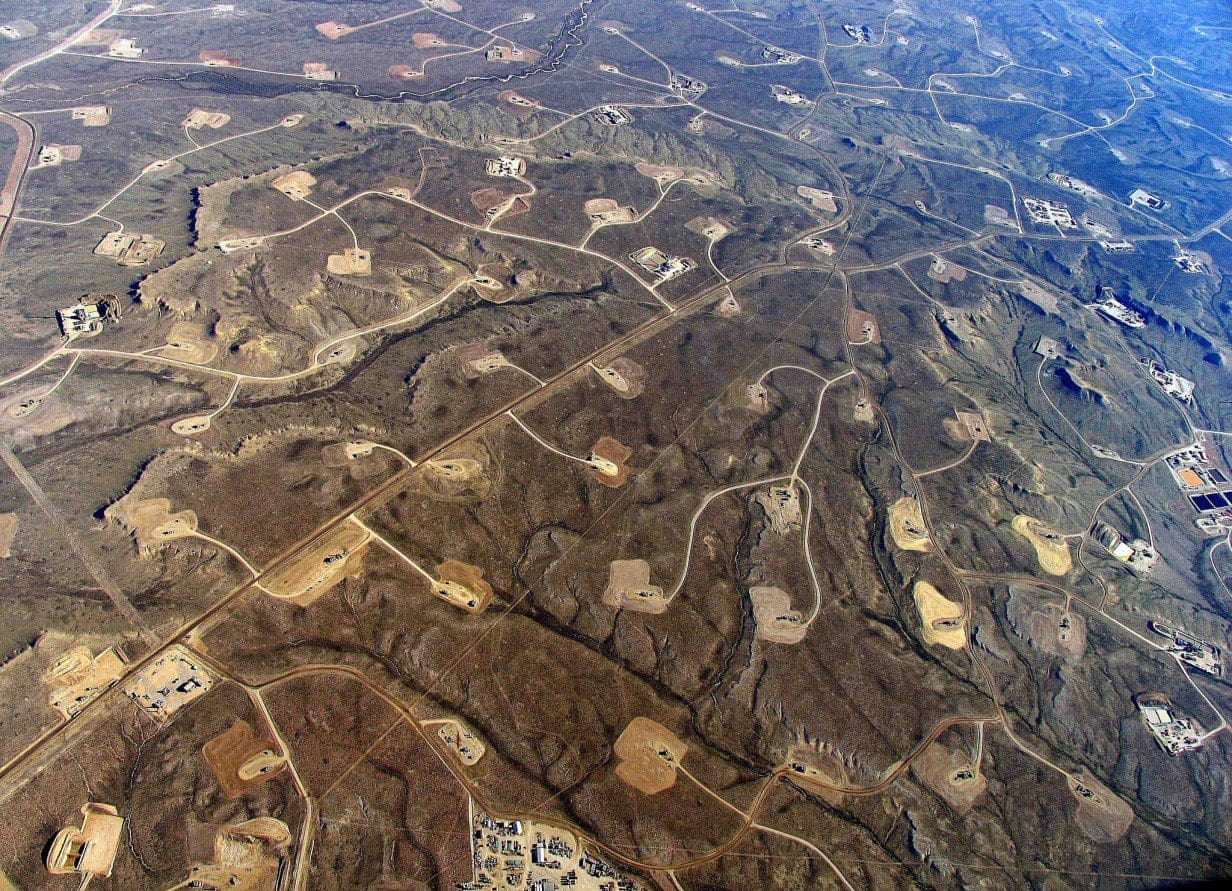While shale gas drilling or hydraulic fracking has transformed the energy market in the U.S., it brings about its own plethora of environmental challenges. One of the most recognized problems is the noise impact of shale gas drilling. This problem, along with most of the other environmental impacts, is generally addressed by national regulations and strong engagements from stakeholders. This is why oil and gas companies should address all these concerns.
Complex Legislation That Address Noise Impact from Shale Gas Drilling
Typically, local legislation presents huge challenges for drilling companies and demand for them to comply. The legislation address all the noise disturbances of the respective communities with regard to power tools, amplified sounds, and even setting off fireworks. The specific requirements for oil and gas companies in terms of noise include:
- Limiting all drilling operations to weekdays and only daylight hours.
- Limiting the movements of heavy vehicles.
- A valid noise measurement to compare with ambient noise levels for 24 to 72 hours prior to the commencement of operations.
- Continuous monitoring of the fracking and drilling process with the help of sensitive receptors nearby such as churches, hospitals, or schools.
- If any complaint is received, then a monitoring system will be put to effect for 24 to 72 hours within 24 hours of the complaint.
If any of the above-mentioned requirements aren’t met by drilling companies, then this could result in hefty fines. Normally these fines stand at around $2000 / day when the violation of regulations is present.
Managing Noise Impact from Shale Gas Drilling
1. Monitoring Against Complex Requirements
When drilling operations are up against complex requirements (as the ones mentioned above) then on-site regulations need to be set up. The companies will have to keep track of these permissible levels by enforcing strong compliance.
2. Quick Responses with Monitoring
The rapid response of companies is needed when noise levels tend to breach regulations. This can be handled with the help of engineers that are ready to be deployed 24/7. These engineers will have to be deployed as soon as the breach occurs or as soon as a complaint is lodged.
3. The Noise from Other Sources
There are some areas in the community where the background noise can be much louder than the hydraulic fracking process. An example can be when a noise level of 55dB can be much lower in comparison to normal traffic on the road. When such background noise is available in the chosen location, the noise compliance level is contaminated and so are the legal requirements of noise.
4. Visibility of Compliance
It is very important for operations to continuously measure the current noise levels to the permissible noise levels. This will then have to be communicated to the surrounding communities in order to ensure that the hydraulic fracking operations will comply with their ambient noise levels. Other than communicating the company’s efforts to the community, these drilling companies can also communicate all the recorded data to city regulators.





